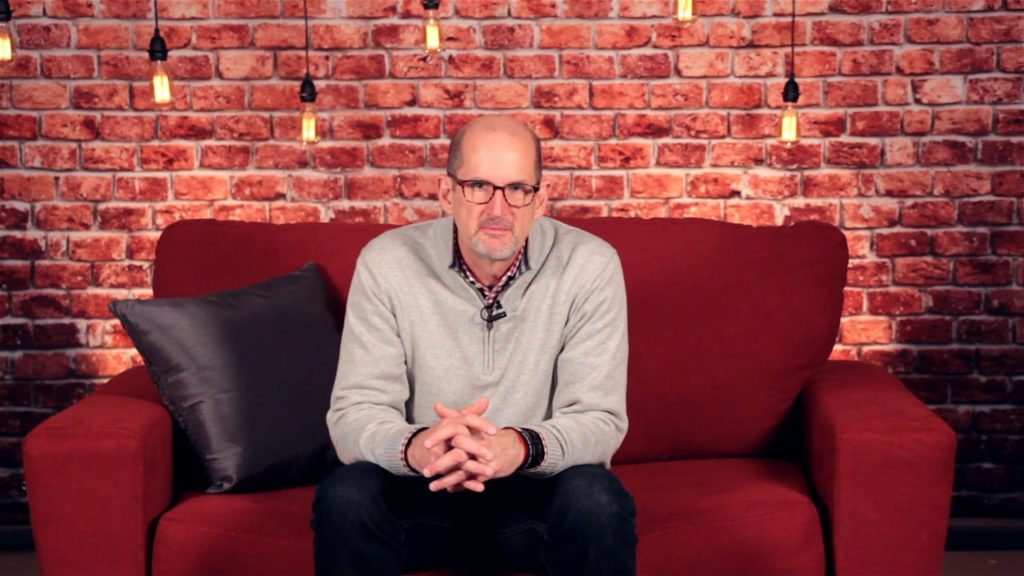In 2013, God led my family and I from Biloxi, Mississippi, to Victoria, British Columbia, to introduce people to Jesus and plant life-giving churches. We didn’t want to plant a church that looked like the churches we had been in previously, because we were in a different context than the South. We wanted to plant a church for Canada, so we had to learn a new ministry context, build relationships, serve the community, and cover it all in a lot of prayer.
Starting in a living room with only 15 people — nine adults and six kids — by the grace of God, He has grown us to about 350 regular attenders at our first site and then a second site on the other end of Victoria as well.
Restoration looks a little bit different, depending on the ministry context you’re in. In a city where there’s a lot of poverty, you might provide basic necessities like food, shelter, school supplies,:or education. In a place like Victoria, which is a very wealthy and a highly-educated city, loneliness is a common thread that pervades the city. There’s a lack of community and friendship because people live on an island for a reason: They’re OK with the isolation. The high cost of living and the need for both parents to work long hours also facilitates a lack of meaningful relationships.
Restoration looks different in our community than the idea of restoration that many people jump to. But brokenness is everywhere, so restoration is vital, no matter the context. Here is how we approached community context in planting Canvas Church.
1. Learn your ministry context
As God began to put people in front of me, I would engage in conversation and ask, “What do you enjoy most about living in Victoria?” “What are some things that would be good for me to know as a new person living in Victoria?” “What are the greatest needs in our city?” “What could be done to make our city an even better place?” We approached our new context as learners and avoided making assumptions about the community before engaging with the locals. We used every conversation and interaction as a way to learn more about our city.
2. Build relationships
In a city where isolation is the natural tendency, I was proactive in creating rhythms in my schedule that put me in front of people as frequently as possible. I would go to coffee shops, coach youth soccer, and frequent the gym. We began inviting people over and have hosted well over 500 people since moving here. Interestingly enough, no one in our city has told us no when they’ve been invited, which seems like a clear sign to me that people are looking for connection and genuine community.
3. Serve the community
From the start, we wanted to be a church that served our community and added value. We wanted to be a church that 10 years from now our community would say, “We’re a better place because Canvas is here.” One of the main things God led us to do was start summer camps for kids. My undergrad is in sports business, so it was a perfect outlet for me. There’s a lot of kids’ camps in Victoria because parents are looking for quality experiences for their kids during the summer while they work. Because these camps get pretty pricey, and we weren’t looking to make money from it, we created week-long, high-quality camps at a fraction of the price of others. And restoration came by also communicating biblical truth through the camps. We came in and met a need of the community, while also sharing the gospel.
4. Everything starts and ends with prayer
We have seen God do things only God could do. So even as it relates to identifying the areas of restoration, it’s always started with, “God, show us what you’re doing and show us the role we need to play in what you’re doing. Show us the needs in our community.” We covered everything in prayer from the beginning, and I would spend a day in each part of the city, walking around and praying. As we prayed, God revealed His plan for the direction of Canvas Church.
From isolation to connection to restoration
The greatest need in every community is going to be unique to the area. You can’t just go in and provide what you think they need before you’ve taken the time to understand the city. One of Victoria’s needs is connection. At Canvas, we have about 40 countries represented every week in our congregation, so we’ve invited them into our family and given them a place to belong.
We’ve created a sense of belonging, a sense of family, and a sense of community for a city longing for relationships. And that sense of belonging has led to countless opportunities to communicate the gospel. If restoration is taking something that’s disconnected and making it whole, when we join God in what He’s doing, He transforms even the most unlikely of situations.
John 14 records that, right before Calvary, Jesus told His disciples, “Peace I leave with you; my peace I give to you.” And then right after He rises from the dead and appears to His disciples, the first thing He tells them is, “Peace be with you.”
There is a connection between peace being wholeness and restoration. If we plant life-giving churches, learn our new ministry context, look to see how God is working, and join God in bringing wholeness to our community, restoration will naturally follow.,
Published December 4, 2018
